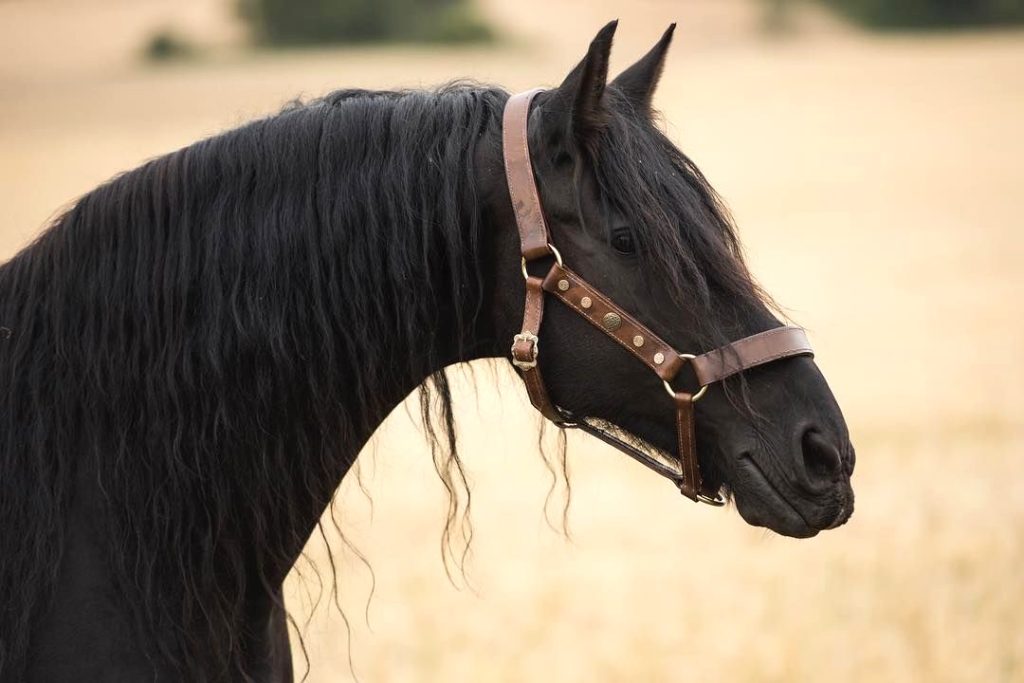A horseshoer is a professional that specializes in the care and maintenance of horses’ hooves. They are responsible for keeping the horse’s feet in good condition, as well as applying horseshoes if necessary. The term horseshoer is also sometimes used to refer to farriers, which are professionals that specialize in both the care and application of horseshoes.
History of Horseshoeing
Horseshoeing has a long history, with evidence that dates back to the ancient Egyptians. The first horseshoes were likely made of leather or wood, and were used to provide protection against the terrain and to keep the horse’s feet from slipping. By the Middle Ages, horseshoers had become full-time professionals, and horseshoeing had become an art form.
What Does a Horseshoer Do?
The primary job of a horseshoer is to assess the condition of the horse’s hooves and to provide care and maintenance as needed. This may include trimming the hooves, grinding off any sharp edges, and applying horseshoes if necessary. The horseshoer may also apply special dressings or medicines to the hooves to keep them healthy. Additionally, the horseshoer may provide advice to the horse owner or rider on how to care for their horse’s hooves.
Tools and Materials Used by Horseshoers
Horseshoers use a variety of tools and materials in their work. These include rasps, hammers, and nippers for shaping and trimming the hooves. They also use horseshoes, nails, and glue for applying the horseshoes. In some cases, horseshoers may use special medicines or dressings to treat the hooves.
Training and Qualifications Required to Become a Horseshoer
Horseshoers are required to have extensive knowledge and experience in order to practice their craft. Many horseshoers receive their training through apprenticeships with experienced farriers, while some may complete formal training programs. Additionally, some states require horseshoers to obtain a license in order to practice.
Horseshoe Shapes
Horseshoes come in a variety of shapes and sizes, designed to fit the needs of the horse. The most common shape is the U-bar, which is designed to provide protection and support for the entire hoof. Other shapes include the V-bar, the flat bar, and the full-bar, among others.
Types of Horseshoes
In addition to the shape of the horseshoe, there are also a variety of materials used in their construction. Horseshoes may be made of steel, aluminum, or plastic, with each material providing its own benefits. Steel horseshoes are the most durable, but may be too heavy for some horses. Aluminum horseshoes are lightweight, but may not provide enough protection for a horse that is used for heavy work. Plastic horseshoes are lightweight and provide good traction, but may not last as long as other materials.
Horseshoe Nail Types
Horseshoes are attached to the hooves using special nails. These nails come in a variety of sizes and types, and are chosen based on the type of horseshoe and the size of the horse’s hoof. Common types of horseshoe nails include the flat head, the round head, and the clincher.
Care and Maintenance of Horseshoes
Once a horseshoe is applied, it is important to provide regular care and maintenance. This may include checking the nails periodically to make sure they are tight, and cleaning the horseshoe to remove any dirt or debris. Additionally, the horseshoe should be inspected regularly for signs of wear or damage.
Cost of Horseshoeing
The cost of horseshoeing may vary depending on the type of work that needs to be done. In general, horseshoeing costs will include the cost of the horseshoes, the nails, and the labor. The cost of the labor may vary depending on the experience of the horseshoer, as well as the complexity of the job.
In conclusion, a horseshoer is a professional that specializes in the care and maintenance of horses’ hooves. They are responsible for assessing the condition of the horse’s hooves, trimming and grinding them as needed, and applying horseshoes when necessary. Horseshoeing has a long history, and horseshoers must have extensive knowledge and experience in order to practice their craft. The cost of horseshoeing may vary depending on the type of work that needs to be done.

